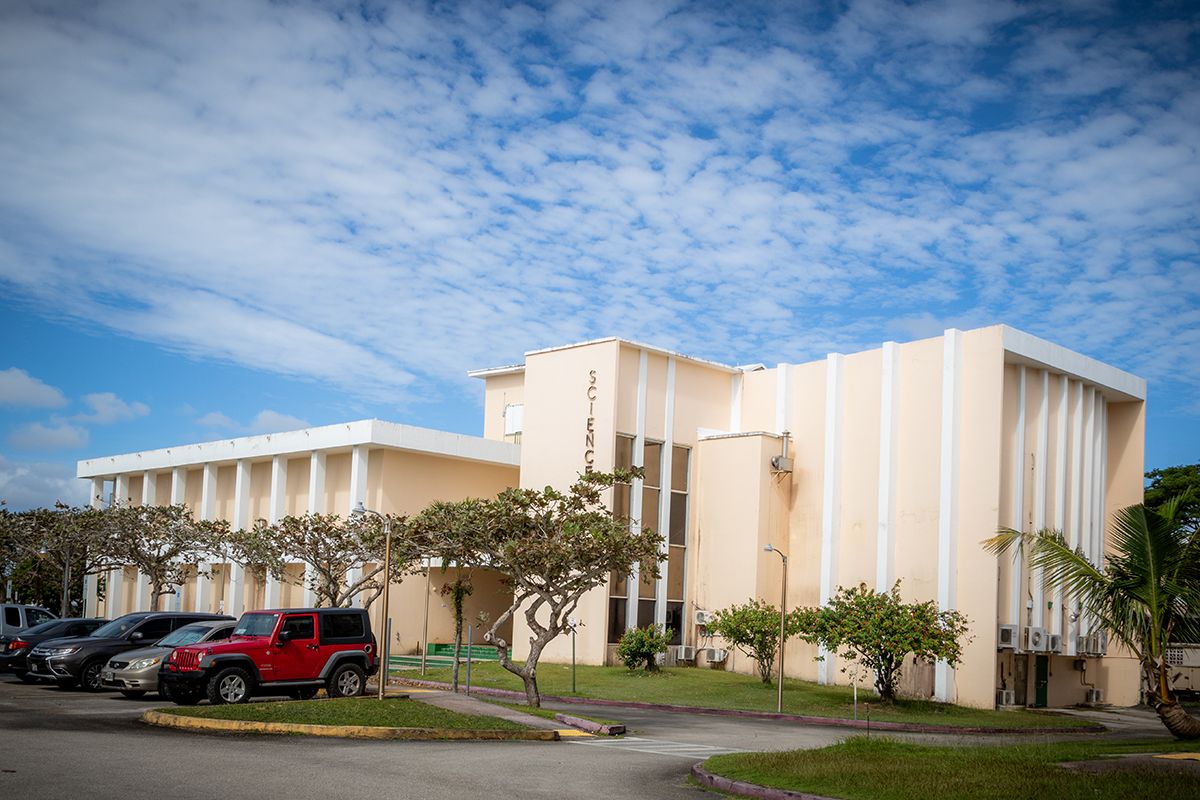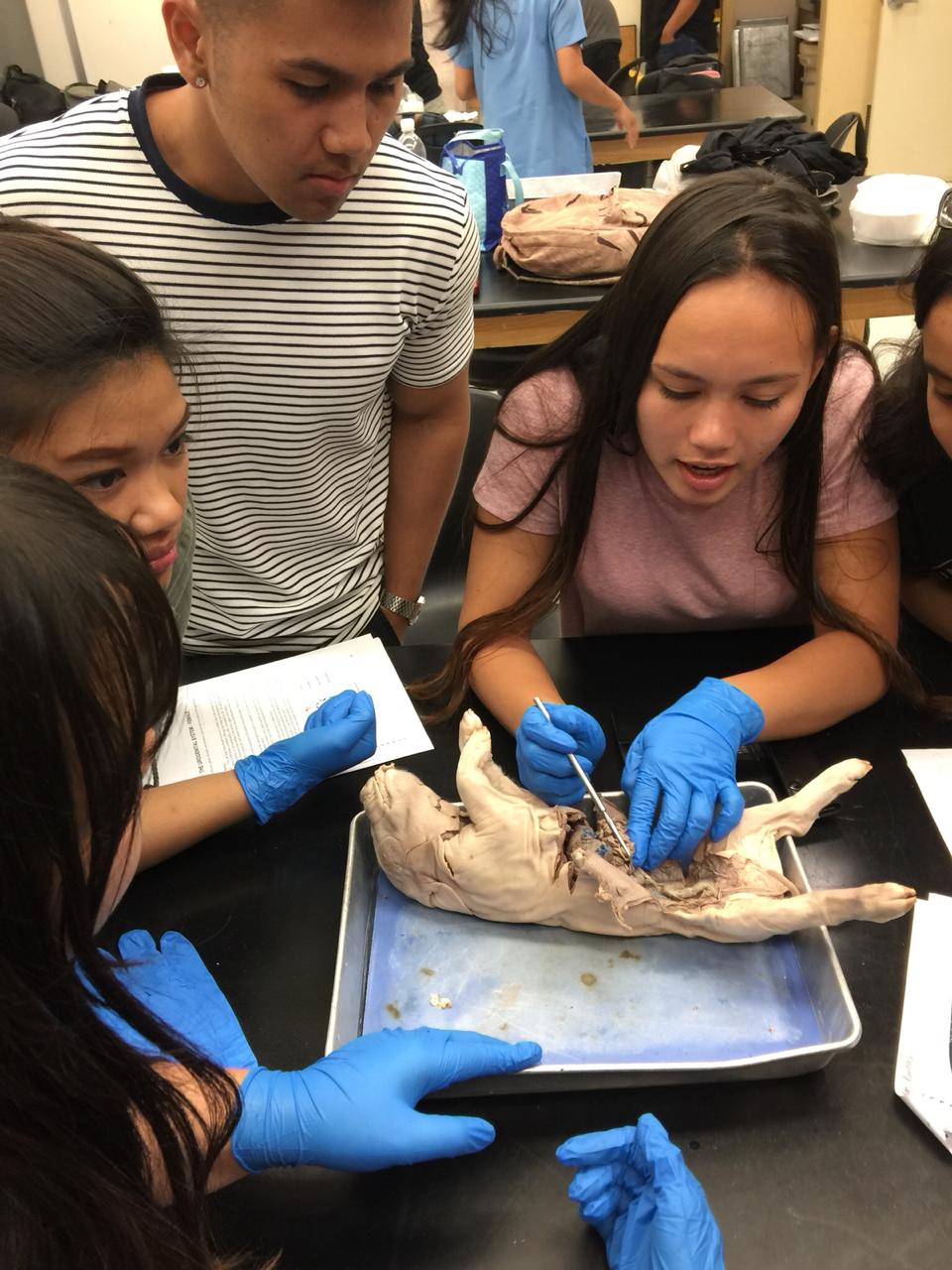- Home
-
Admissions
-
Academics
-
Students
-
Research
-
Research Centers
- Cancer Research Center
- Center for Excellence in Development Disabilities Education, Research & Service (CEDDERS)
- Center for Island Sustainability (CIS)
- Marine Laboratory
- Micronesian Area Research Center (MARC)
- UOG Land Grant | agInnovation Research Center
- Water and Environmental Research Institute (WERI)
-
Programs and Departments
- Guam EPSCOR
- Guma' Tinemtom - Micronesia Data Laboratory
- Pacific Islands Climate Adaptation Science Center (PI-CASC)
- Pacific Islands Cohort on Cardiometabolic Health (PICCAH)
- Research Corporation of UOG
- RFK Memorial Library
- UOG Press
- UOG Sea Grant
- University Libraries Digital Team
- NASA Guam Space Grant
- NASA Guam EPSCoR
-
Research Centers
-
Outreach
- Giving
- Alumni
-
About
New laboratory at UOG will accommodate increasing science majors
New laboratory at UOG will accommodate increasing science majors
New laboratory at UOG will accommodate increasing science majors
6/7/2019

A summer construction project has begun at the University of Guam to provide more laboratory space for biology and chemistry classes, two programs that have seen much growth over the last few years. The university’s College of Natural & Applied Sciences (CNAS) is overseeing the construction of a multipurpose laboratory being built on the second floor of the Science Building.
“If you look at the graduation numbers from a few weeks ago, this was not only the university’s largest graduating class, but the largest class for CNAS and the largest biology class as well,” said Lee S. Yudin, dean of the College of Natural & Applied Sciences.

“As our STEM programs have really grown in the last 10 years, the Science Building, which was built over 50 years ago, has not been able to accommodate the new demand for science majors,” Yudin said.
The Science Building, built in 1968, is one of the oldest buildings on the UOG campus.
More than 90% of classes within CNAS require both a lecture and a lab component, Yudin said. And while a lecture can accommodate 100 students, each lab can only accommodate 24 students. The university currently has six science laboratories, which are in use morning until evening from Monday to Saturday.
The new 3,000-square-foot multipurpose laboratory will be able to accommodate 35 students or can be partitioned into two smaller labs of about 15 to 20 students.
The bulk of the construction will take place over the summer, and the project is expected to be completed by January 2020.
In the future, Yudin said there is a need for a free-standing building with a lecture hall, classrooms, and labs. “We really need three more labs,” he said. “We are looking for funding — either private or government — for this project to be able to happen.”
